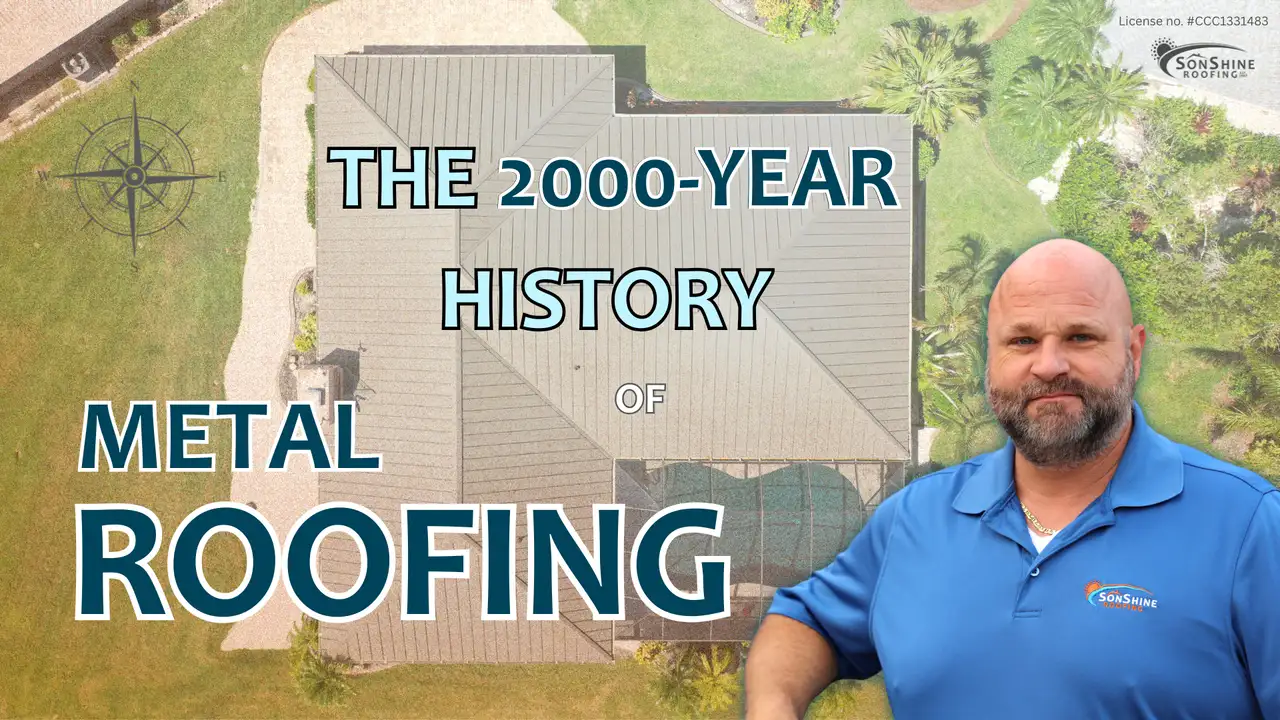Why Roofs Last: A Personal Journey Through Roofing Wisdom
When I moved to Florida in 1987 and began my journey as a roofing contractor, I had no idea how crucial my early experiences would be for shaping the standards of excellence we uphold today at SonShine Roofing.
Let’s take a quick trip down memory lane.
I started my roofing career subcontracting for a local builder. Eventually, I qualified for my roofing license and ventured out on my own. One of my first major installations was on the house my wife and I moved into with our children. I did the job the only way I knew how—using the methods my father had taught me growing up.
The Temptation to Cut Corners
As I grew more familiar with Florida’s building codes, I realized they didn’t require many of the careful steps my dad insisted on. I started to wonder: was my dad being too meticulous? I tested that idea by building future roofs based solely on code requirements—no extras.
When those roofs began to fail far earlier than expected, I chalked it up to Florida’s intense heat. It seemed logical at the time—this state has a tough climate for any building material. But something didn’t add up. The homes I roofed early on, including my own, were still performing beautifully years later. That discrepancy got me thinking again.
“Why do some roofs fail and others don’t?”
The Realization: Building Code Is a Minimum
One day, I remembered a moment from my childhood. My dad had sent me to the hardware store to buy nails for a shed. I came back, and he looked at them and said, “These aren’t nails! We’re building to last forever. Go back and get real nails!” I did, and the shed we built is still standing strong in Iowa today.
That memory brought me clarity. Building code is not the gold standard—it’s the bare minimum. It ensures legality, not longevity. If you want a roof that truly lasts, you have to go beyond the code. That’s the difference between average and excellent.
“Building codes are no more than minimum requirements.”
Experience and Quality Make the Difference
Today, many homeowners believe that passing inspection or using name-brand materials guarantees a long-lasting roof. Unfortunately, this just isn’t true. Roofing education is key to making smart investments in your home.
That’s why at SonShine Roofing, we build with a long-term mindset. Our team is trained not just to pass inspection but to exceed it. We use high-quality materials and proven installation methods that protect your home through Florida’s hurricanes, humidity, and heat.
Want your roof to last? It starts with choosing a contractor who values craftsmanship over shortcuts. Learn more about how we build roofs to last by scheduling a Tip Top Roof Checkup today.
“An ounce of prevention is worth a pound of cure.” — CDC
The Legacy Lives On
I’m proud to say that the house I built for my family nearly 30 years ago had its original roof until recently—and even then, it was replaced by choice, not necessity. There was minimal wood rot and no signs of structural damage. That’s the power of doing it right the first time.
And that’s the legacy we continue at Sonshine Roofing. Built to last. Backed by wisdom. Rooted in family.
Want to understand more about what makes a roof durable? Visit our article on how to make your roof last.













